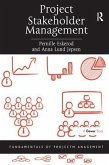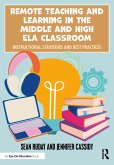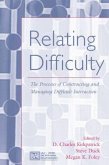Organizations are implementing virtual teams using web technologies as a cost-effective measure for training and project development. In Working at a Distance, Cassandra Smith provides a detailed, comprehensible virtual team business model for managers, professionals, teachers or students involved globally with such initiatives. The author argues that guidance for members of such teams is generally lacking. They are left to figure out their places on the team and face a host of other issues, the impact of which can be ameliorated with a virtual team business model that anyone working at a distance can follow. Cassandra Smith has taught courses online and facilitated virtual teams. The model she has created based on that experience maximizes the benefit to be gained from individual members' skills, personality styles, and the strengths of each active participant. It will enable teams to set up viable working plans and work cohesively at a distance. The model also provides for conflict management in virtual environments. Built on research and practical experience, the empirical data and subject experts' views captured by the author and the model offered here will help all stakeholders of businesses or educational institutions where managers, employees and clients; or teachers and students are working at a distance to achieve desired outcomes.
'Many projects fail in the virtual environment because project managers rely on the assumptions and communication strategies they use in the face-to-face environment. Smith's Virtual Team Global Business Model makes a significant contribution to working and learning at a distance because she provides a concrete model that helps managers examine their assumptions and tailor their communication practices to work effectively at a distance.' Howard R. Jacobs, School of Education, Capella University, USA 'Cassandra Smith's Virtual Team Global Business ModelTM is a methodology that can finally make virtual teamwork viable. Through her thoughtful and creative structuring of goal-planning, role-definition, communication, and much more, Smith paints a multifaceted picture of how this business process can work in higher education. We no longer should hear, "Oh, no, not another team assignment!"' Tamara Fudge, Kaplan University, USA








